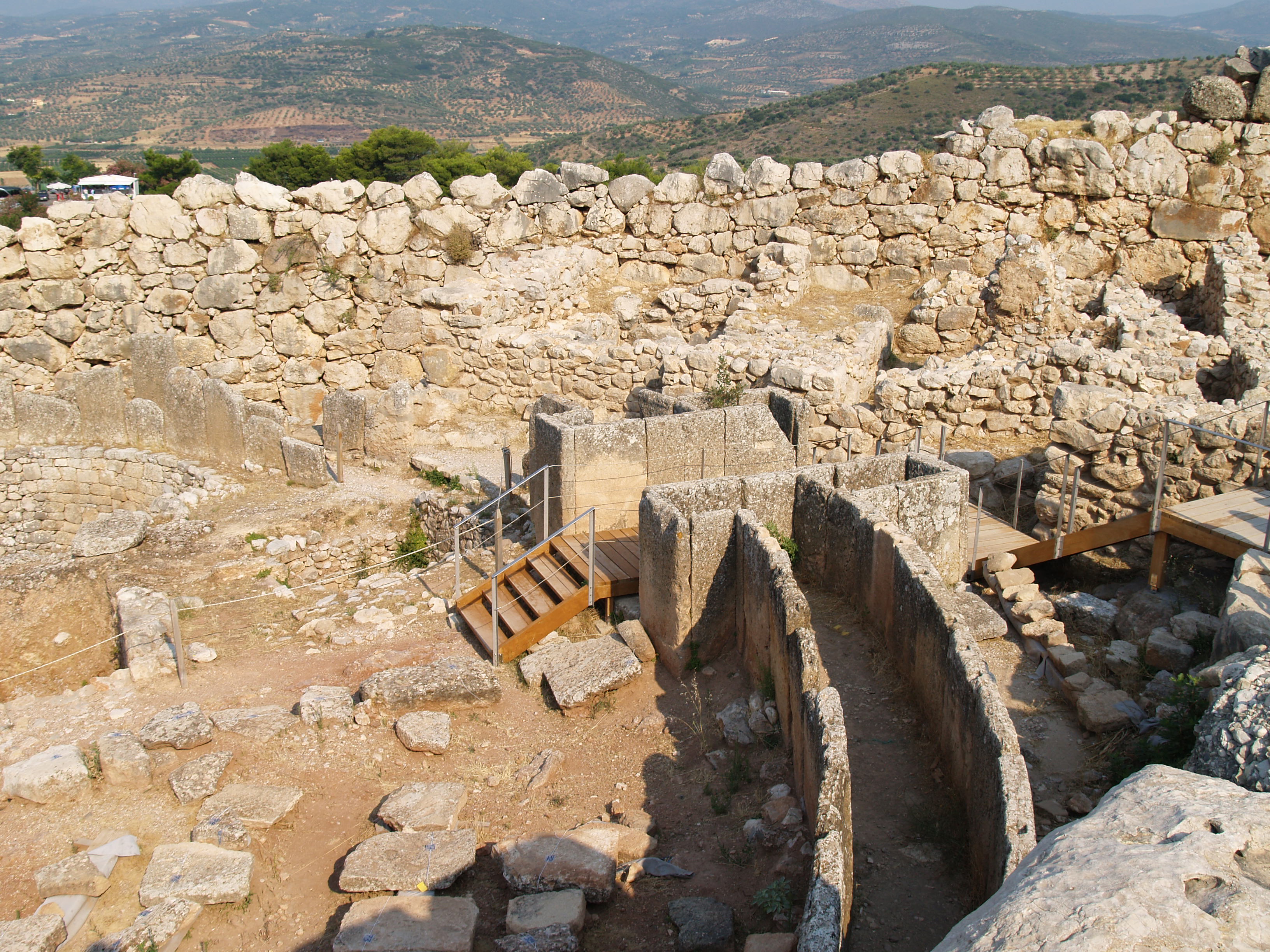Rubble Stone on:
[Wikipedia]
[Google]
[Amazon]

 Rubble masonry or rubble stone is rough, uneven building stone not laid in regular courses. It may fill the core of a wall which is faced with unit
Rubble masonry or rubble stone is rough, uneven building stone not laid in regular courses. It may fill the core of a wall which is faced with unit

masonry
Masonry is the craft of building a structure with brick, stone, or similar material, including mortar plastering which are often laid in, bound, and pasted together by mortar (masonry), mortar. The term ''masonry'' can also refer to the buildin ...
such as brick
A brick is a type of construction material used to build walls, pavements and other elements in masonry construction. Properly, the term ''brick'' denotes a unit primarily composed of clay. But is now also used informally to denote building un ...
or ashlar
Ashlar () is a cut and dressed rock (geology), stone, worked using a chisel to achieve a specific form, typically rectangular in shape. The term can also refer to a structure built from such stones.
Ashlar is the finest stone masonry unit, a ...
. Some medieval cathedral walls have outer shells of ashlar with an inner backfill of mortarless rubble and dirt.
Square rubble masonry
Square rubble masonry consists of stones that are dressed (squared on all joints and beds) before laying, set in mortar, and make up the outer surface of a wall.History
Irregular rubble, or sack, masonry evolved from embankments covered with boards, stones or bricks. That outer surface was used to give the embankment greater strength and make it more difficult for enemies to climb. The Sadd el-Khafara dam, in Wadi Al-Garawi near Helwan in Egypt, which is 14 meters high and built in rubble masonry, dates back to 2900–2600 BC The Greeks called the construction technique emplekton and made particular use of it in the construction of the defensive walls of their poleis. The Romans made extensive use of rubble masonry, calling it opus caementicium, because ''caementicium'' was the name given to the filling between the two revetments. The technique continued to be used over the centuries, as evidenced by the constructions of defensive walls and large works duringmedieval
In the history of Europe, the Middle Ages or medieval period lasted approximately from the 5th to the late 15th centuries, similarly to the post-classical period of World history (field), global history. It began with the fall of the West ...
times.
Modern construction frequently uses cast concrete with an internal steel reinforcement. That allows for greater elasticity, as well as providing excellent static and seismic resistance, and preserves the unity between shape and structure typical of buildings with external load-bearing walls. All the structural elements can be linked to any rubble walls thus created, freeing the internal spaces from excessive constraints.A. Acocella (1989). ''The Architecture of Brick Facing''. Rome.
See also
* Gabion—Metal cages filled with stones * Snecked masonry—Masonry made of mixed sizes of stone but in regular courses *Wattle and daub
Wattle and daub is a composite material, composite building method in which a woven lattice of wooden strips called "wattle (construction), wattle" is "daubed" with a sticky material usually made of some combination of wet soil, clay, sand, and ...
—Conceptually analogous to rubble within ashlar in the sense that a frame is filled in with a filler material
References
Building stone Stonemasonry {{Architecture-stub